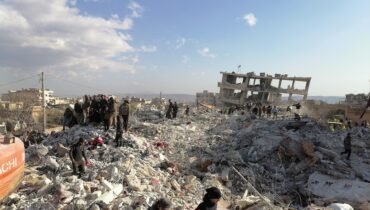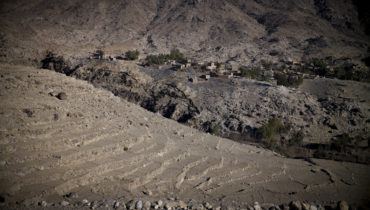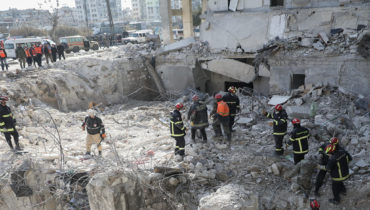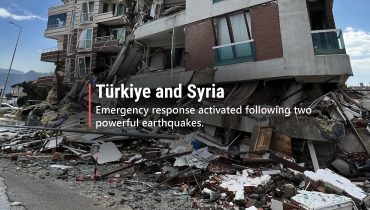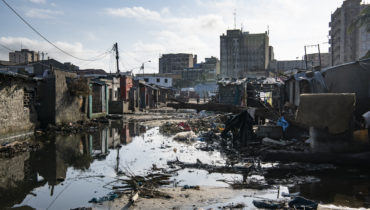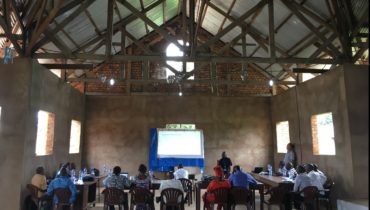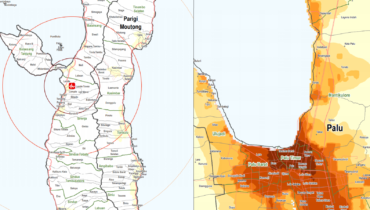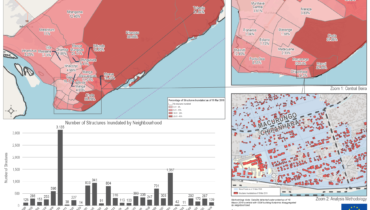REACH evaluating the Shelter Sector Response after Typhoon Bopha in the Philippines in 2012
20 November 2013
Through its partnership with the Global Shelter Cluster (hyperlink/GSC), REACH has been deployed to the Philippines several times: after the typhoons Washi in 2011, Bopha in 2012, the very recent earthquake in Bohol and the typhoon Haiyan. On December 4th, 2012, typhoon Bopha struck eastern Mindanao island. It caused almost 1,150 casualties as well as extensive damage to housing and infrastructure. Along with ongoing internal conflict, this resulted in multiple and prolonged displacements, with 67,846 individuals estimated to be displaced on the island as of June 2013.
REACH deployment after typhoon Bopha has been carried in two phases. The first one, in the aftermath of the crisis, consisted in a rapid needs assessment for the GSC in the most affected provinces of Davao Oriental and Compostella Valley. The aim of the assessment was to provide the GSC with findings informing their Shelter Emergency Strategic Operational Framework to coordinate the response.
The second one, eight months later, has also been commissioned by the GSC to support evidence-based intervention by assessing the shelter sector response provided after the typhoon and its impact on household recovery. Building on previous assessments and on information collected by the Philippines Shelter Cluster, REACH conducted a field data collection exercise to evaluate remaining gaps and lessons learned to inform the current and future shelter sector responses.
The evaluation revealed a clear improvement in shelter conditions across all targeted areas with over 70% of affected households with damaged shelter who received shelter assistance. However more than half of households have received emergency shelter assistance (58%) and only 34% reported receiving recovery shelter assistance. This gap in emergency intervention is also significant in terms on household income found to be 60% lower on average than before the typhoon. The population has also experienced changes in livelihoods with agriculture and labour as primary source of income dropping from 56% to 30% in July 2013.
The recommendations included in the report are thus focused on a better targeting of displaced households living with host families, vulnerable households who need construction support to reduce the reliance on contractors, to better link this support to food and livelihoods recovery, and finally to ensure that emergency-affected areas and households are served proportionally.
Full report available here
To find out more about REACH activities in Philippines : please visit our country page


